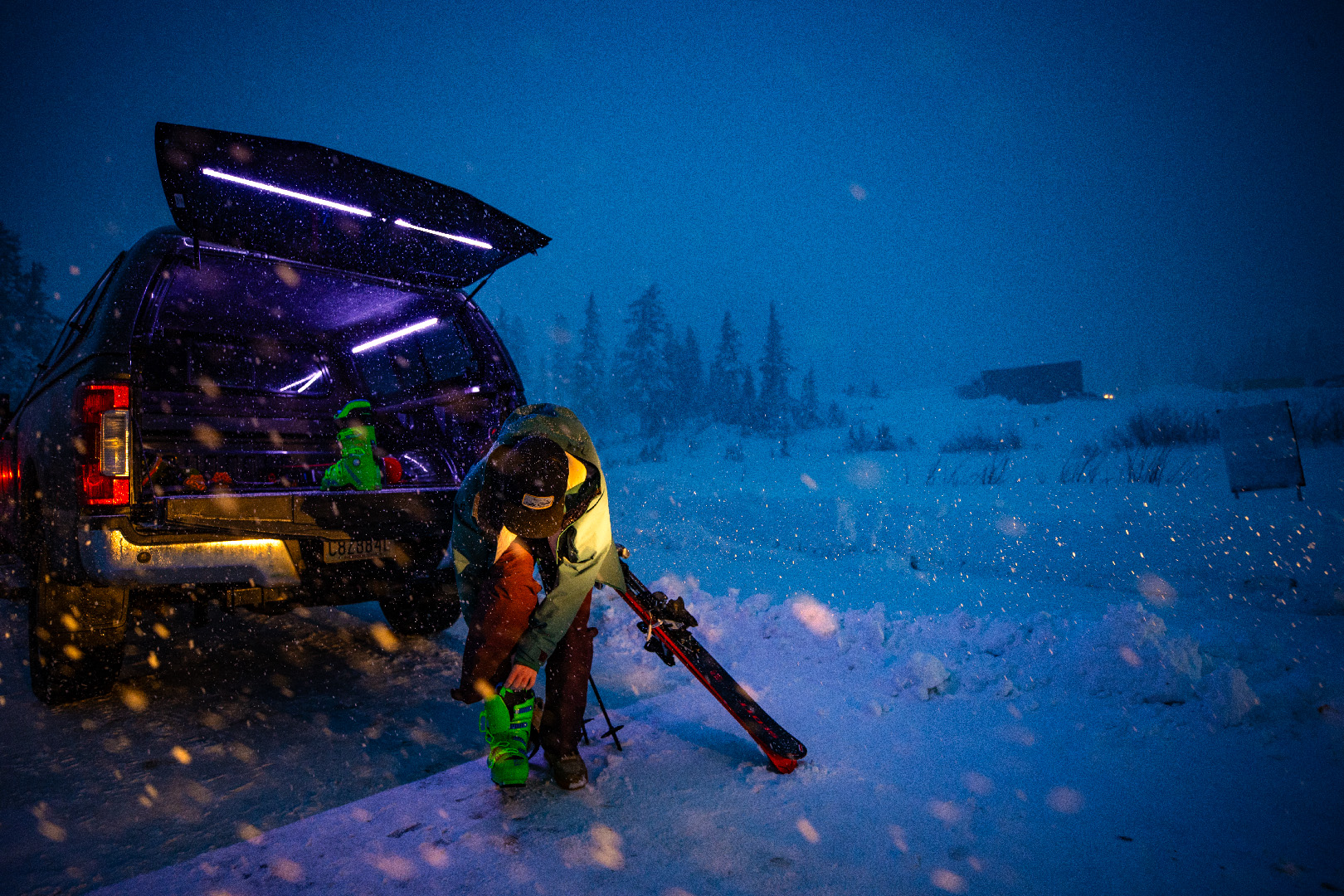
We’ve spent the past year scoping ski shops, websites, media decks, even lift lines to identify groundbreaking innovations and spot new trends. It’s thrilling, tedious, sometimes dangerous—just ask our partners—but we take the hit so you don’t have to. Here’s what’s in store for 2024.
The biggest hazard we’ve encountered while researching and writing Ski Canada’s Buyer’s Guide isn’t found on a double black diamond or while flying off XL terrain park jumps. It happens in the lift line.
You see, our editors make good use of time spent slowly shuffling forward by conducting market research. We scan the corral, checking out other skiers. The skis they’re on. The clothes they’re wearing. And all their accessories. Are those spherical or cylindrical goggles?
Wearing tinted lenses, most of the time, lingering inspections go unnoticed. But every now and then we get busted.
“I was looking at her tips! Her ski tips,” one sheepish editor will insist to his wife, usually a touch too vigorously. “Seriously, it’s my job.”
Here at Ski Canada, we do take it seriously! Even more than in the past.
Most of our research for the Buyer’s Guide used to happen at the annual, continent-wide trade show, once known as SIA and now Outdoor Retailer. With hundreds of companies showing off next year’s gear under one roof, it was easy to notice emerging ideas and spot groundbreaking innovations. But after COVID, the trade show is a dusting of its former self.
So, over the last few years, we’ve had to find other ways to find out about new products and understand where ski gear is going. It starts on our computer with way too many emails and hours of pretend flipping through digital catalogues. Any chance we get, especially when travelling, we browse through ski shops. For three reasons: we like to see what gear they carry, with all the new designs gathered in one room we can spot trends, and shop staff are always full of interesting information.
Once the snow starts flying, the real research begins. Almost every day spent on snow involves a test of a new helmet or jacket or pair of gloves. While sliding around the hill we’re observing, looking at what other skiers are wearing and also how they’re wearing it. And we travel around, across the country and beyond. Each region, even an individual hill, has a distinct style and taste and the only way to learn about it is to see it for ourselves.
Come spring we put all our notes and experiences together and write the Buyer’s Guide you are about to read. We hope it helps you shop for whatever new gear you need. And we hope it keeps you out of trouble in the lift line. After all, we do this dangerous work so you don’t have to. Keep your tips up.
Trends
Second time’s a charm
Last year’s guide highlighted a couple of groundbreaking products that included recycled content. This year there are so many it would be easier to point out the products where water bottles aren’t enjoying a second life on the slopes. The trend started in apparel, with recycled polyesters in the fabric of jackets and shirts. It has subsequently expanded to just about every piece of equipment from the sole of ski boots to poles and the core of skis.

RE.7+
 Aluminum is one of the most recyclable materials on Earth, but for some reason MountainFlow is the first company that we know of to use recycled aluminum to build ski poles. No surprise, the RE.7+ ski poles work as well as virgin aluminum poles. $80;
Aluminum is one of the most recyclable materials on Earth, but for some reason MountainFlow is the first company that we know of to use recycled aluminum to build ski poles. No surprise, the RE.7+ ski poles work as well as virgin aluminum poles. $80;
mountainflow.com
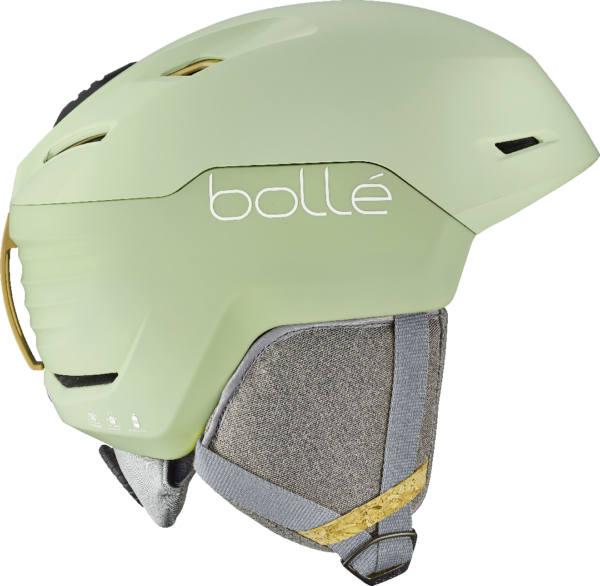
 The outer shell, inner padding and straps and dividers on the Bollé Eco Ryft Pure MIPS helmet are all from recycled materials, but retain the standard certification we look for in lids. $270; bolle.com
The outer shell, inner padding and straps and dividers on the Bollé Eco Ryft Pure MIPS helmet are all from recycled materials, but retain the standard certification we look for in lids. $270; bolle.com
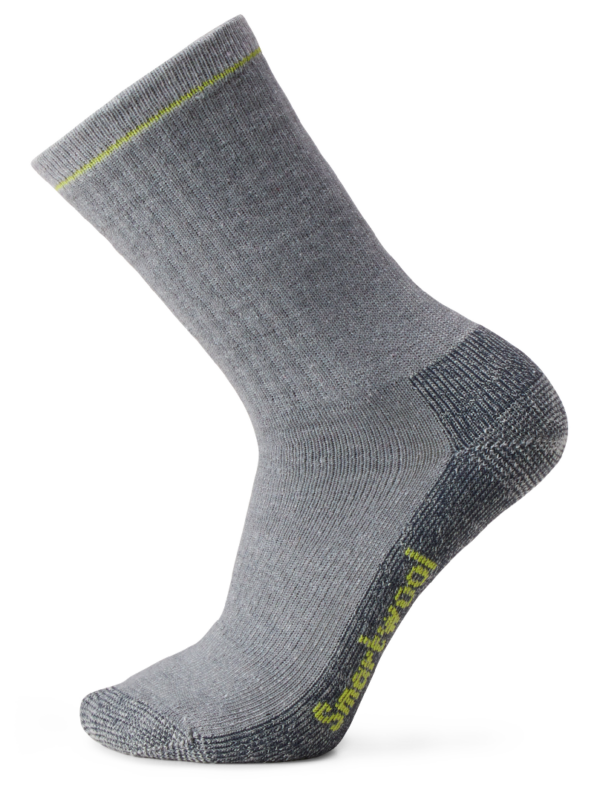
 Smartwool’s Second Cut Project collects old socks, shreds them up and then turns them into new hiking socks that are perfect for après-ski lounging. You can contribute by sending in your old socks. $29; smartwool.ca
Smartwool’s Second Cut Project collects old socks, shreds them up and then turns them into new hiking socks that are perfect for après-ski lounging. You can contribute by sending in your old socks. $29; smartwool.ca
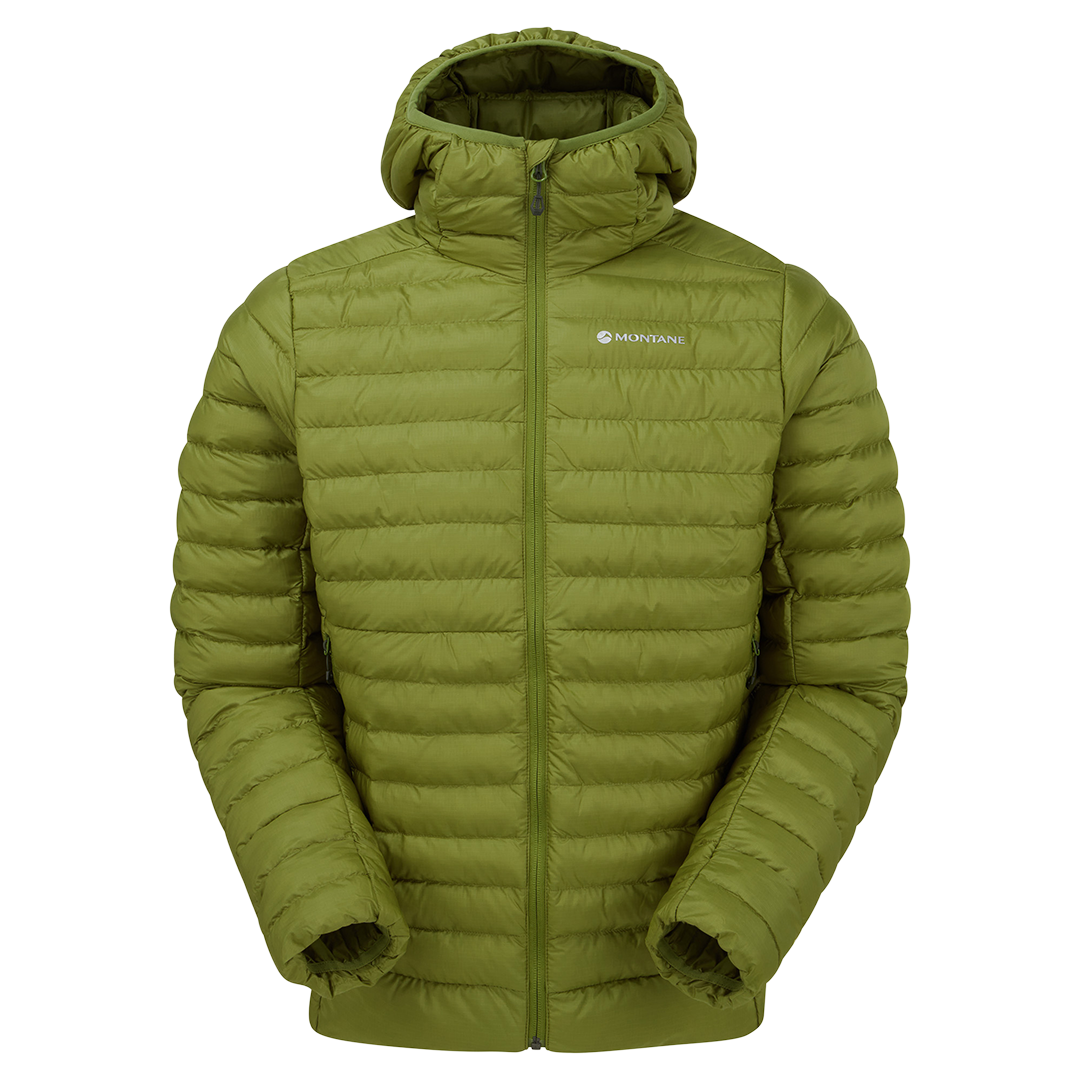
 The Montane Icarus Hoodie is a versatile puffy jacket to be worn as a mid-layer or on its own. The fabric and insulation are both 100-percent recycled. $250; montane.com
The Montane Icarus Hoodie is a versatile puffy jacket to be worn as a mid-layer or on its own. The fabric and insulation are both 100-percent recycled. $250; montane.com
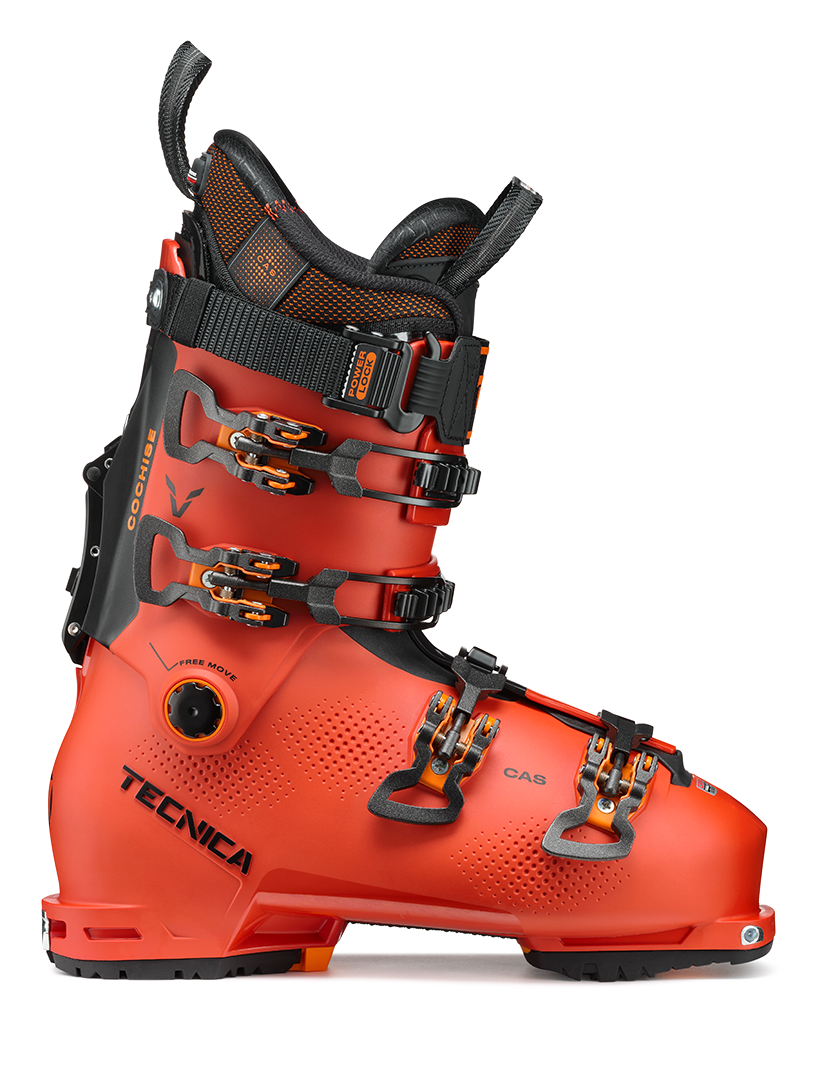
 Tecnica is using its pioneering Recycle Your Boots program, which coordinates the recycling of all boot components, to supply the materials for much of the liner and trim of new Cochise boots. from $650; blizzard-tecnica.com
Tecnica is using its pioneering Recycle Your Boots program, which coordinates the recycling of all boot components, to supply the materials for much of the liner and trim of new Cochise boots. from $650; blizzard-tecnica.com
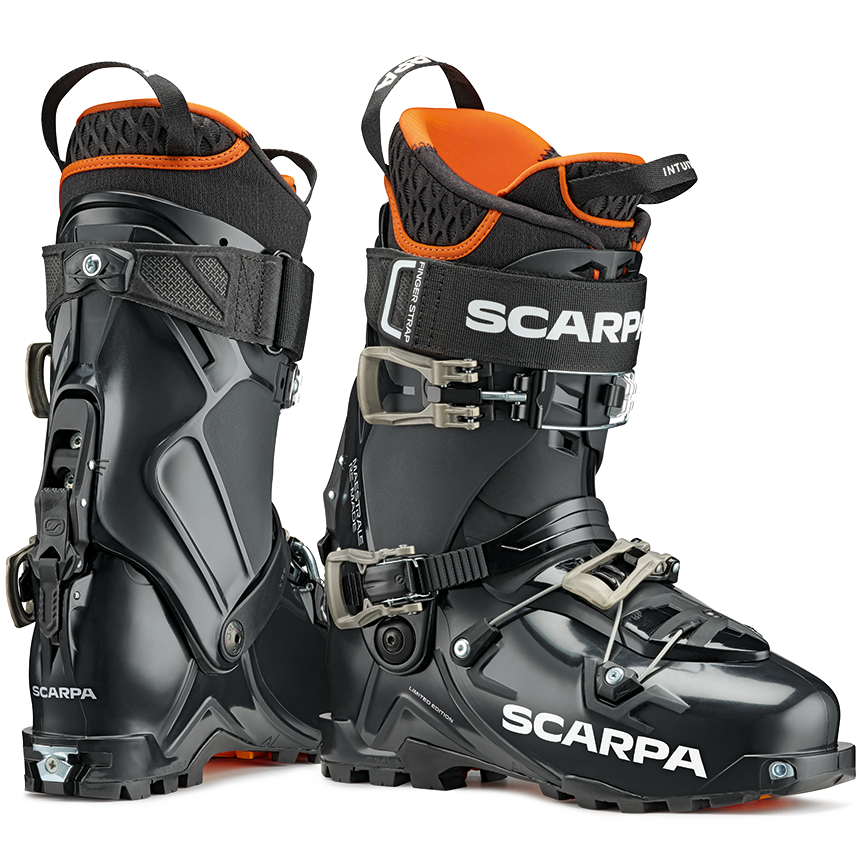
 Scarpa’s limited edition Maestrale Remade is the same popular ski touring boot as the regular Maestrale, but made from leftover material from other ski boot production. $999; scarpa.com
Scarpa’s limited edition Maestrale Remade is the same popular ski touring boot as the regular Maestrale, but made from leftover material from other ski boot production. $999; scarpa.com
 Inside the core of Völkl’s Blaze 114 ski are two stringers made of recycled water bottles. They add dampness to the powder ski but add little weight. $900; volkl.com
Inside the core of Völkl’s Blaze 114 ski are two stringers made of recycled water bottles. They add dampness to the powder ski but add little weight. $900; volkl.com

Retro revival, neon edition
Second time’s a charm
Anyone who lived through the ’80s probably didn’t think they would ever have to suffer the assault of neon shades again. They were wrong. The ostentatious ski styles in vogue during the Calgary Olympics are back and brighter than ever.
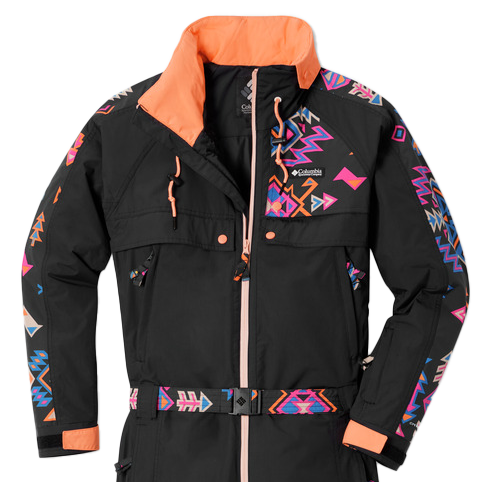
 The Columbia Wintertrainer Snow Suit is a one-piece that looks like the one our dads wore in 1984, but with materials from today. Nice belt too! $400; columbia.com
The Columbia Wintertrainer Snow Suit is a one-piece that looks like the one our dads wore in 1984, but with materials from today. Nice belt too! $400; columbia.com
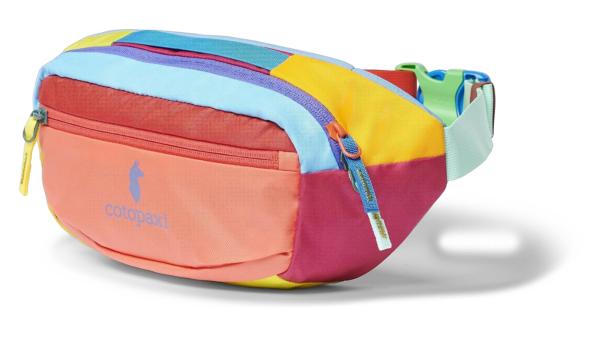
 Another ‘80s throwback: the fanny pack rebooted as the Kapai 3L Hip Pack by Cotopaxi. $60; cotopaxi.com
Another ‘80s throwback: the fanny pack rebooted as the Kapai 3L Hip Pack by Cotopaxi. $60; cotopaxi.com
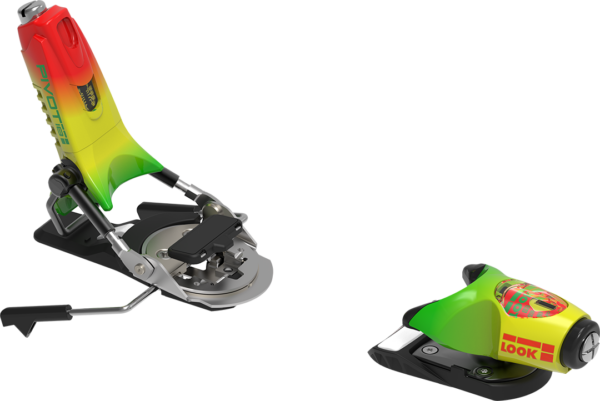
 The reggae tri-colour version of the Look Pivot bindings may not match many top sheet designs, but it never goes out of style either. $420; look-bindings.com
The reggae tri-colour version of the Look Pivot bindings may not match many top sheet designs, but it never goes out of style either. $420; look-bindings.com
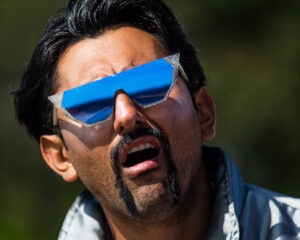
 Others may try to copy, but when it comes to sunglasses there is only one Pit Viper. The Quartz Showroom, one of their newest styles, is just as outrageous as the rest. $95;
Others may try to copy, but when it comes to sunglasses there is only one Pit Viper. The Quartz Showroom, one of their newest styles, is just as outrageous as the rest. $95;
pitviper.com
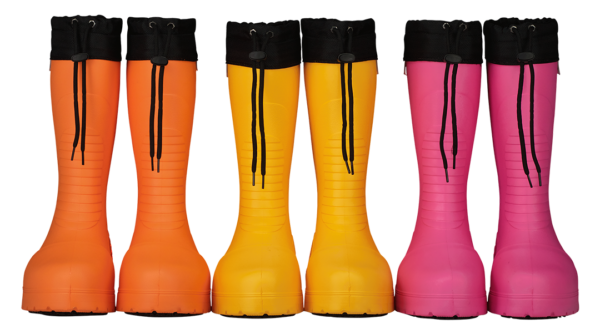
 Inspired by similar lightweight, waterproof and insulated rubber boots in Japan, the Fubuki Niseko boots come in a range of fun colours, including hot pink. $195; fubukiboots.com
Inspired by similar lightweight, waterproof and insulated rubber boots in Japan, the Fubuki Niseko boots come in a range of fun colours, including hot pink. $195; fubukiboots.com
 Arctica’s Full Side Zip Ski Pants 2.0 in bright pink, lime and tangerine are hot-listed among ski racers this season. US$199; arctica.com
Arctica’s Full Side Zip Ski Pants 2.0 in bright pink, lime and tangerine are hot-listed among ski racers this season. US$199; arctica.com
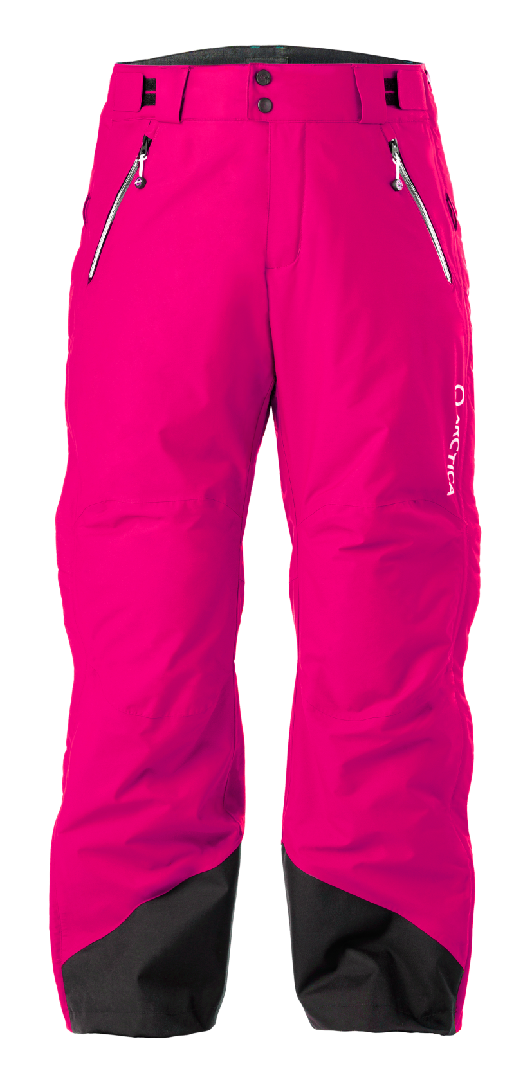
Toning it down to Earth
Polarization is in. So it makes sense that highlighter pink can be hot (see page 38) at the same time as moody earth tones. Apparel brands across the spectrum are rolling out colour palettes heavily influenced by nature: think rusty oranges, tans, greens and so many shades of brown. Others chase another fashion trend: monochromatic. For the most part we like where this is going, just go easy with the brown—top to bottom, it can be a lot.
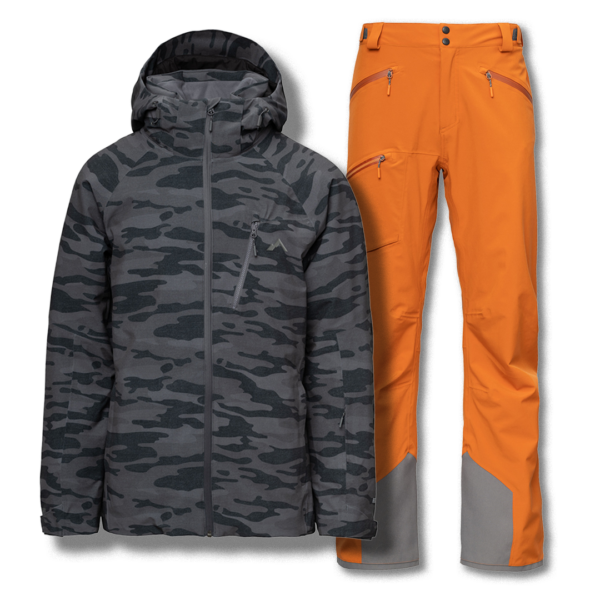
 Strafe Hayden Jacket and Summit Pant: With built-in stretch and just the right amount of recycled insulation. Jacket: $669, Pants: $549
Strafe Hayden Jacket and Summit Pant: With built-in stretch and just the right amount of recycled insulation. Jacket: $669, Pants: $549
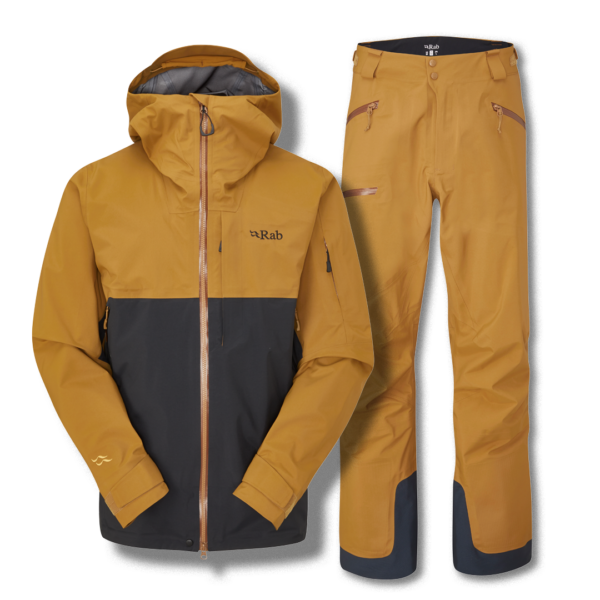
 Rab Kroma Diffuse GTX Jacket: Super breathable, it’s ready for resort or backcountry sliding. $240
Rab Kroma Diffuse GTX Jacket: Super breathable, it’s ready for resort or backcountry sliding. $240
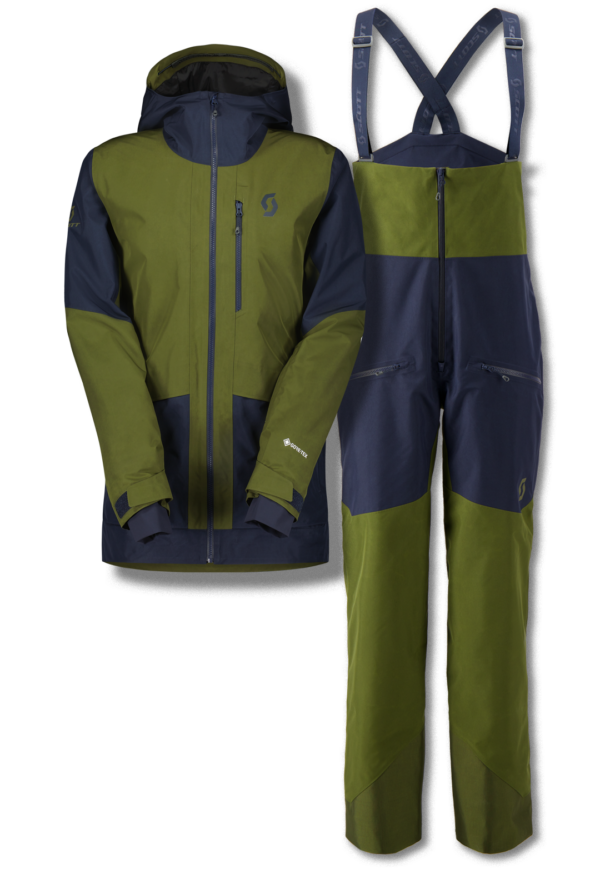
 Scott Vertic Jacket and Pant: Made with Gore Tex’s new, more environmentally friendly ePe membrane. Jacket: $800, Pants: $600
Scott Vertic Jacket and Pant: Made with Gore Tex’s new, more environmentally friendly ePe membrane. Jacket: $800, Pants: $600
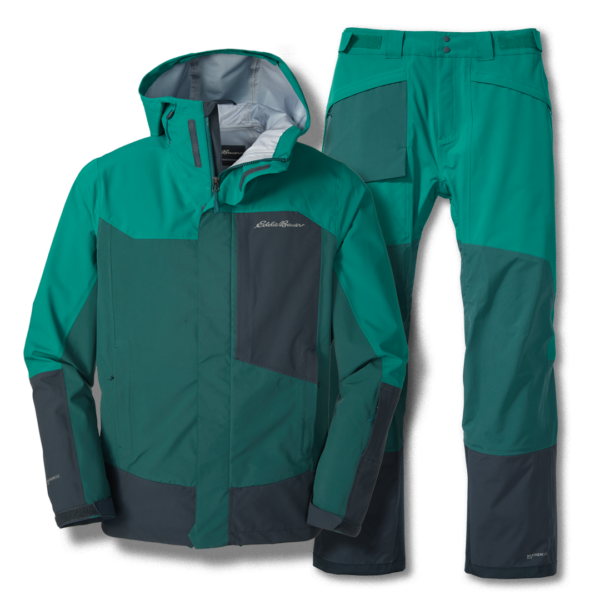
 Eddie Bauer Chair Six Jacket and Pant: Great value for a shell-style kit. Jacket: $319, Pant: $299
Eddie Bauer Chair Six Jacket and Pant: Great value for a shell-style kit. Jacket: $319, Pant: $299
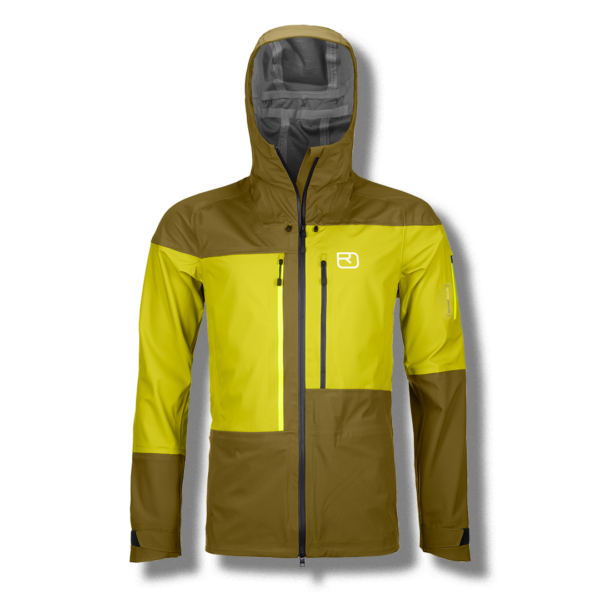
 Ortovox Guardian Jacket: Offset colour blocking adds an edginess to the Swiss brand’s earth tones. $975
Ortovox Guardian Jacket: Offset colour blocking adds an edginess to the Swiss brand’s earth tones. $975
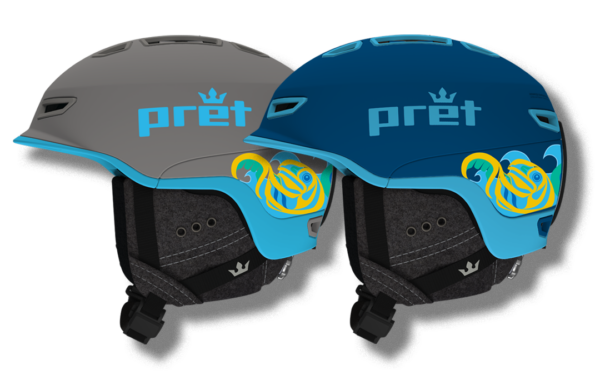
Buy gear, support salmon
 Most gear collaborations bring together two normally unrelated brands to develop unique products together. They’re usually creative, but not as commendable as the ones we’re starting to see that feature Indigenous artwork. Pret helmets joins Zeal, Weston, Smartwool and MountainFlow Eco-Wax in a collaboration with The Haa Aani Alliance. Haa aani means “our land” in Tlingit. In traditional Tlingit territory in southeast Alaska and southwest Yukon, the land and people are interconnected with salmon. The collaborations bring the three together with various pieces of gear, like Pret’s Fury X and Vision X helmets, featuring salmon art by Tlingit artist Crystal Worl. Proceeds from sales go to supporting salmon enhancement non-profits. $290; ca.prethelmets.com
Most gear collaborations bring together two normally unrelated brands to develop unique products together. They’re usually creative, but not as commendable as the ones we’re starting to see that feature Indigenous artwork. Pret helmets joins Zeal, Weston, Smartwool and MountainFlow Eco-Wax in a collaboration with The Haa Aani Alliance. Haa aani means “our land” in Tlingit. In traditional Tlingit territory in southeast Alaska and southwest Yukon, the land and people are interconnected with salmon. The collaborations bring the three together with various pieces of gear, like Pret’s Fury X and Vision X helmets, featuring salmon art by Tlingit artist Crystal Worl. Proceeds from sales go to supporting salmon enhancement non-profits. $290; ca.prethelmets.com
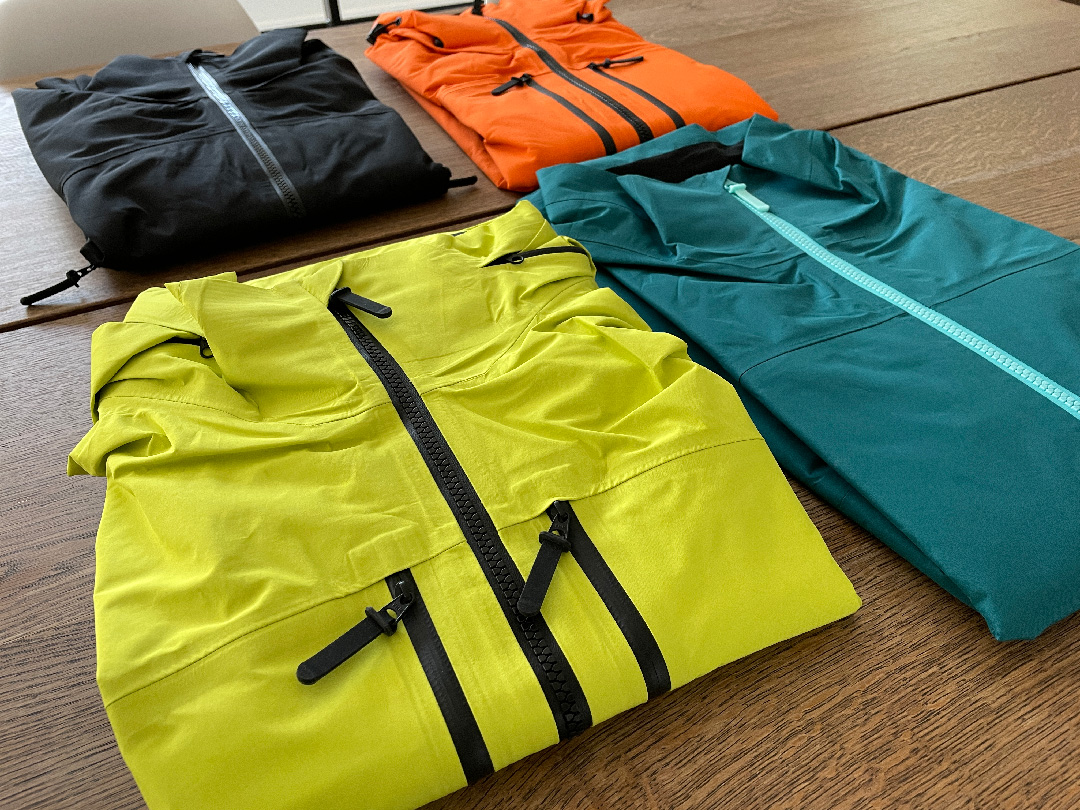
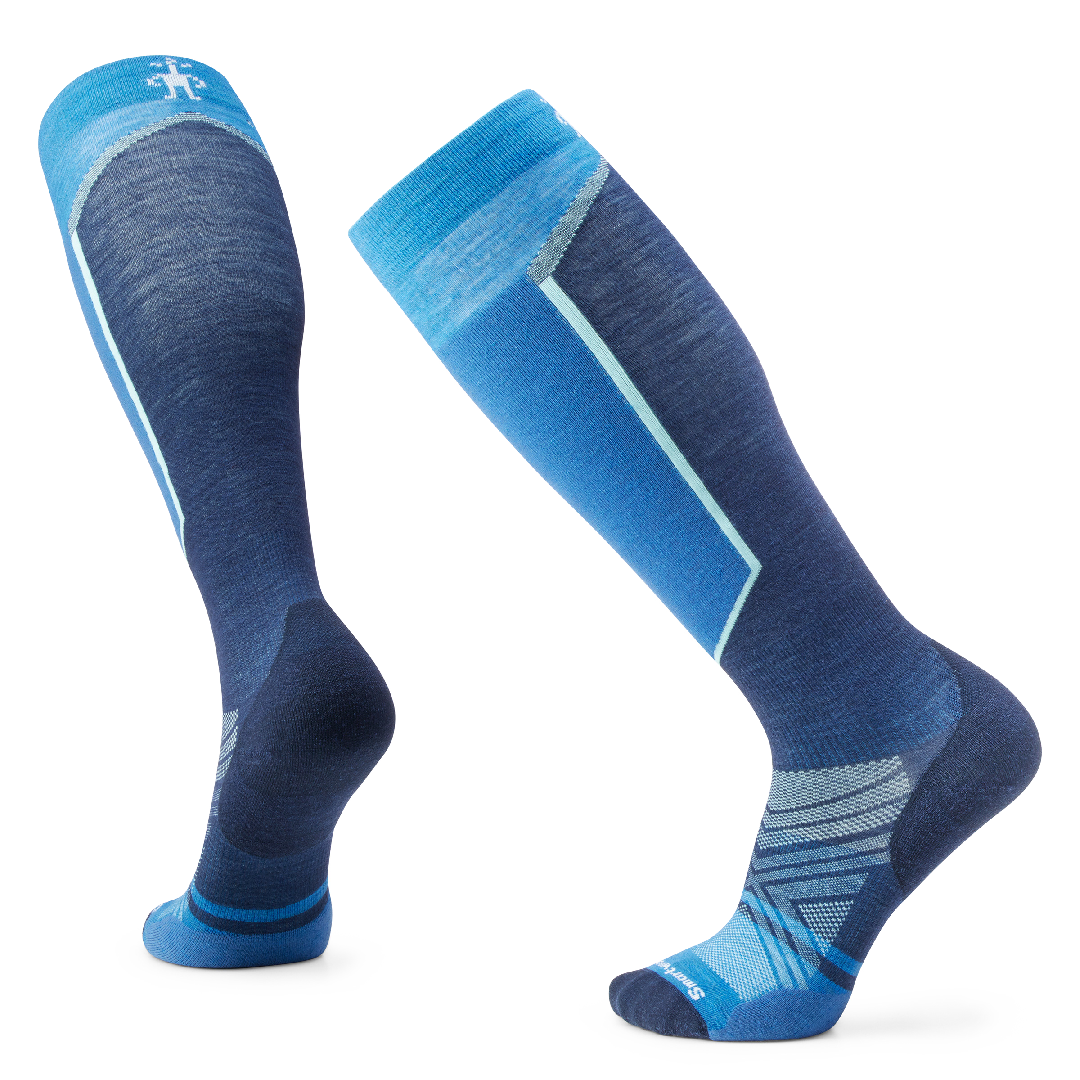
Smartwool Ski Zero Cushion SOCK
Expanding the rack
 Some skiers fit standard sizes. But there are a lot who are too short, too tall, too wide or too small. For them, buying ski clothing is a pain in the butt: pants long in the legs, tops tight in the shoulders or sleeves hanging off their arms. Help is coming. In an effort to be more inclusive, more and more ski-related manufacturers are expanding offerings to accommodate all shapes and sizes.
Some skiers fit standard sizes. But there are a lot who are too short, too tall, too wide or too small. For them, buying ski clothing is a pain in the butt: pants long in the legs, tops tight in the shoulders or sleeves hanging off their arms. Help is coming. In an effort to be more inclusive, more and more ski-related manufacturers are expanding offerings to accommodate all shapes and sizes.
Outdoor Research has one of the deepest lines of inclusive sizing, which ranges from XXS to 4XL and up to 24W for women, in a wide range of layers and outerwear. Columbia is not far behind. Consider the resort-oriented Columbia Highland Summit Jacket. It comes in sizes from small to 6XL and in regular and tall. And Mountain Equipment Company is joining in by offering women’s ski wear in sizes up to 4XL in everything from base layers to outerwear, including Gore-Tex pieces.
It’s not just in clothing. Head’s new Context goggle comes in three sizes to provide a better fit for different face shapes. And Smartwool’s Ski Zero Cushion socks now come with extra stretch in the calf area to accommodate calves of steel.
The ultimate in sizing, though, comes from custom-made gear. MADE Custom Apparel has an interactive process for simplifying the ordering of custom-fit ski jackets and pants. We tested it out and were impressed with how simple it was. First we designed the jacket, including the material, pocket layout, colour and more. Then, we took a few photos of our test subject, from which the MADE algorithm built a three-dimensional model and generated a custom fabric pattern. A few weeks later a jacket built specifically for our tester’s body shape arrived in the mail. And, yes, it fit perfectly, but even if it hadn’t, alterations are free.
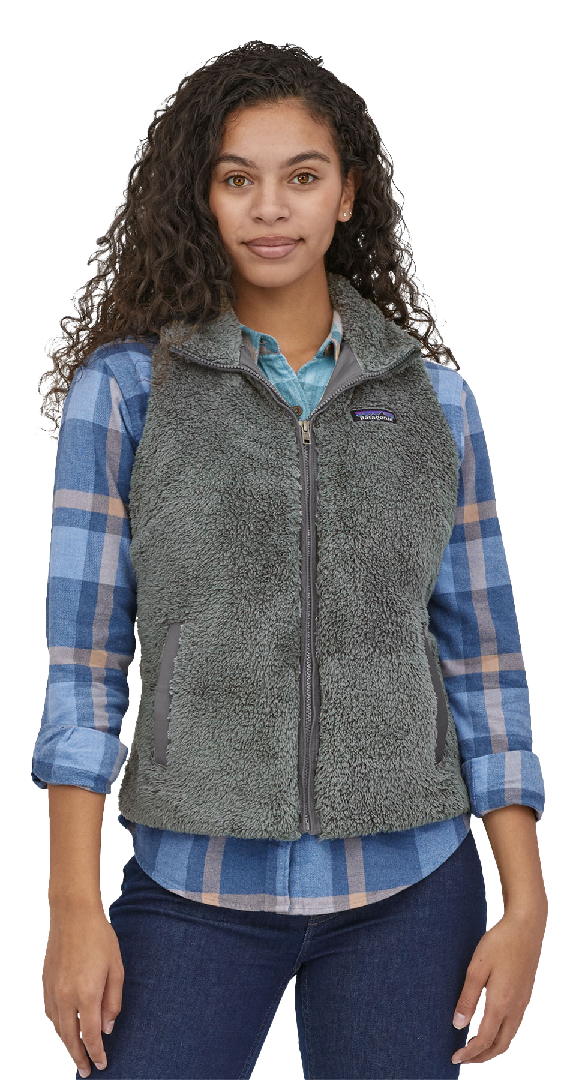
Patagonia Los Gatos Fleece Vest
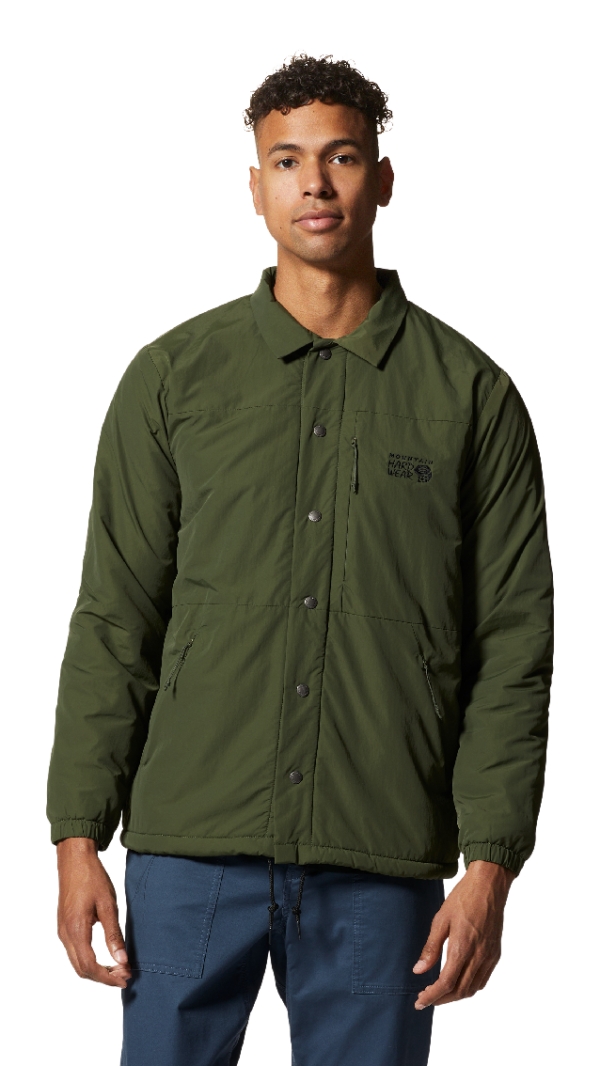
HiCamp Shell Jacket
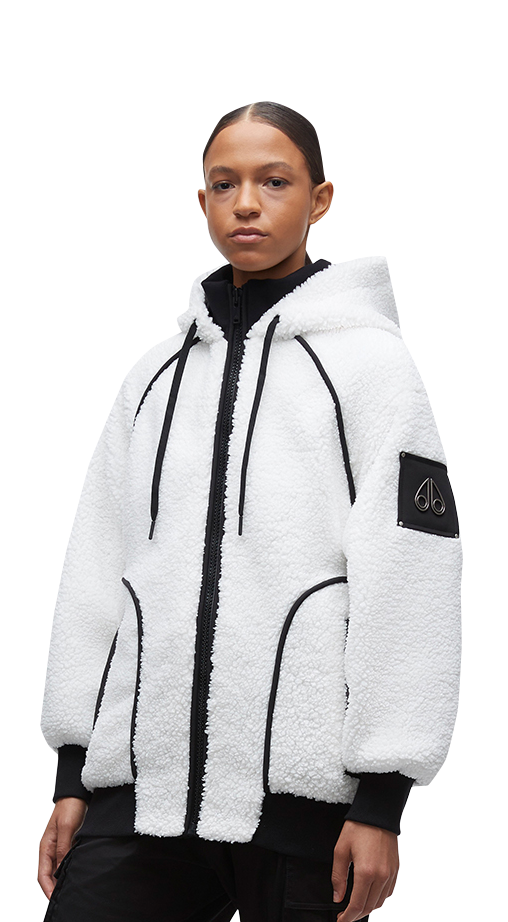
Moose Knuckle Holland Hoodie
Pile comeback
 Some skiers fit standard sizes. But there are a lot who are too short, too tall, too wide or too small. For them, buying ski clothing is a pain in the butt: pants long in the legs, tops tight in the shoulders or sleeves hanging off their arms. Help is coming. In an effort to be more inclusive, more and more ski-related manufacturers are expanding offerings to accommodate all shapes and sizes.
Some skiers fit standard sizes. But there are a lot who are too short, too tall, too wide or too small. For them, buying ski clothing is a pain in the butt: pants long in the legs, tops tight in the shoulders or sleeves hanging off their arms. Help is coming. In an effort to be more inclusive, more and more ski-related manufacturers are expanding offerings to accommodate all shapes and sizes.
We skiers never abandoned the good ol’ fleece jacket because it makes a great synthetic mid-layer and is cozy. Now that outdoor fashion is cool, for the moment, celebrities are posing in pile, and fleece is all the rage. The upside is that brands are coming out with twists on the standby that makes it better than ever.
Canada’s Moose Knuckle may have the most innovative take in the Holland Hoodie: a down jacket wrapped in a skin of fleece. It’s warm and good-looking, too. $595
We think the vest is an overlooked layering essential and the Patagonia Los Gatos Fleece Vest is one of the best. The fluffy fleece is super cute and equally cuddly. $135
The one drawback to fleece is that wind whistles through it, so Mountain Hardwear added a windproof outer shell to its fleece-lined HiCamp Shell Jacket to create a nifty spring skiing jacket or travel layer. $200
